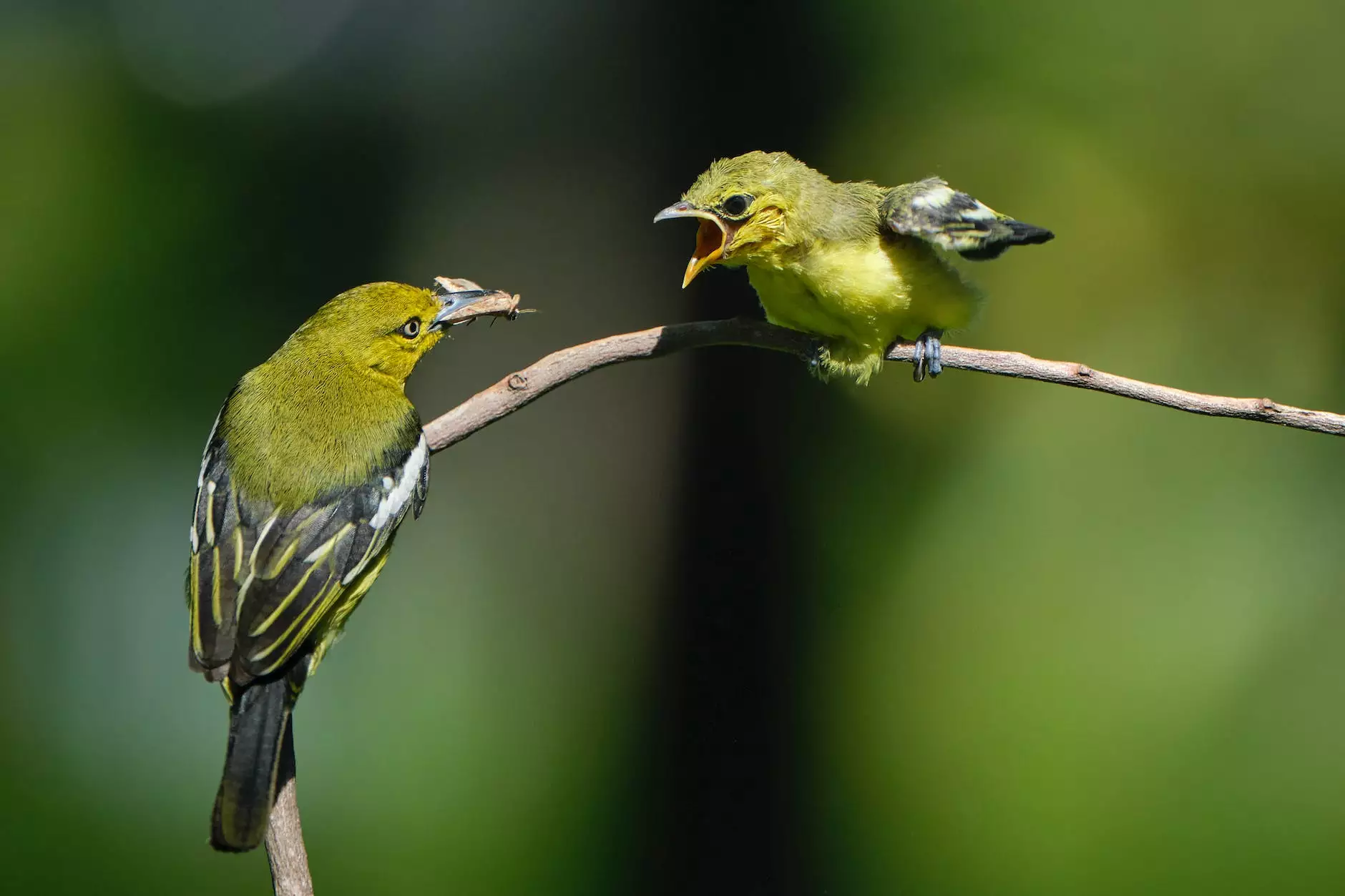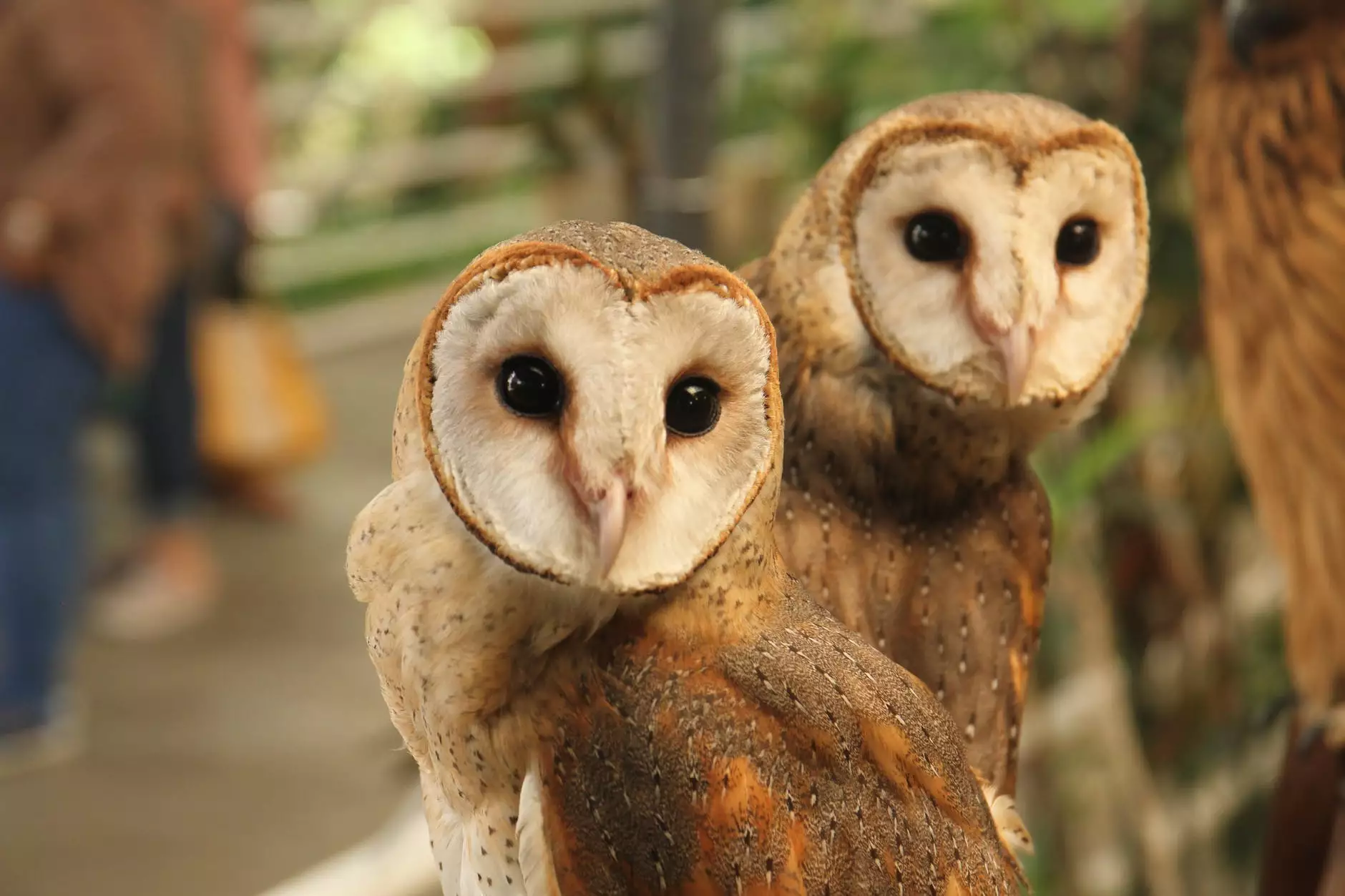Amazon Caiman Facts - Rainforest Cruises

Introduction
Welcome to Aventuras Naturales, your ultimate guide to exploring the enchanting Amazon rainforest. In this guide, we will delve into the fascinating world of Amazon caimans, one of the most intriguing creatures that call this tropical paradise home. Join us on an awe-inspiring journey as we uncover the secrets of these amazing reptiles and the unique ecosystem they inhabit.
Overview of Amazon Caimans
Amazon caimans, scientifically known as Caiman crocodilus, are a species of crocodilian reptiles indigenous to the Amazon basin. They are part of the Alligatoridae family and are commonly found in the rivers, lakes, and marshes of the Amazon rainforest.
Physical Characteristics
These incredible creatures can grow up to 13 feet in length and weigh around 700 pounds, making them the largest predators in the Amazon ecosystem. They have a robust body covered in tough, armored scales that provide excellent protection against potential threats.
Their snout is elongated and narrow, equipped with sharp teeth designed for gripping and tearing prey. Their eyes and nostrils are positioned on top of their heads, allowing them to remain almost entirely submerged while still being able to observe their surroundings.
Habitat and Behavior
Amazon caimans are semiaquatic reptiles that thrive in the intricate waterways and lush vegetation of the Amazon rainforest. They are well adapted to both terrestrial and aquatic environments, making them formidable predators in their habitat.
These caimans are highly territorial and maintain their own territories, defending them against other caimans and potential threats. They are primarily nocturnal hunters, relying on their acute eyesight and ability to remain motionless underwater to ambush unsuspecting prey.
Ecological Importance
As apex predators, Amazon caimans play a vital role in maintaining the balance of the rainforest ecosystem. By controlling the population of prey species, they help regulate the abundance of other organisms, contributing to the overall health and stability of the Amazon rainforest.
Feeding Habits
Amazon caimans are opportunistic feeders and have a diverse diet. Their menu includes fish, birds, mammals, and even smaller reptiles. They are equipped with a powerful bite and strong jaws, enabling them to capture and devour their prey with great efficiency.
Reproduction and Lifecycle
During the breeding season, female caimans construct nests near the water's edge, where they lay their eggs. They guard the nest diligently to protect the eggs from potential predators. After an incubation period of approximately 90 days, the hatchlings emerge from the nest and embark on their own journey into the rainforest.
Conservation Status and Threats
While Amazon caimans are currently listed as a species of least concern by the International Union for Conservation of Nature (IUCN), they still face various threats that pose risks to their population. Habitat destruction, illegal hunting, and pollution are some of the critical challenges that they encounter.
Here at Aventuras Naturales, we are committed to responsible and sustainable tourism practices, ensuring the preservation of these magnificent creatures and their habitat for generations to come.
Conclusion
Exploring the Amazon rainforest and encountering the incredible Amazon caimans is an experience like no other. At Aventuras Naturales, we offer unforgettable rainforest cruises that allow you to immerse yourself in the wonders of this unique ecosystem. Join us on an adventure of a lifetime and witness the awe-inspiring beauty of the Amazon caiman.










